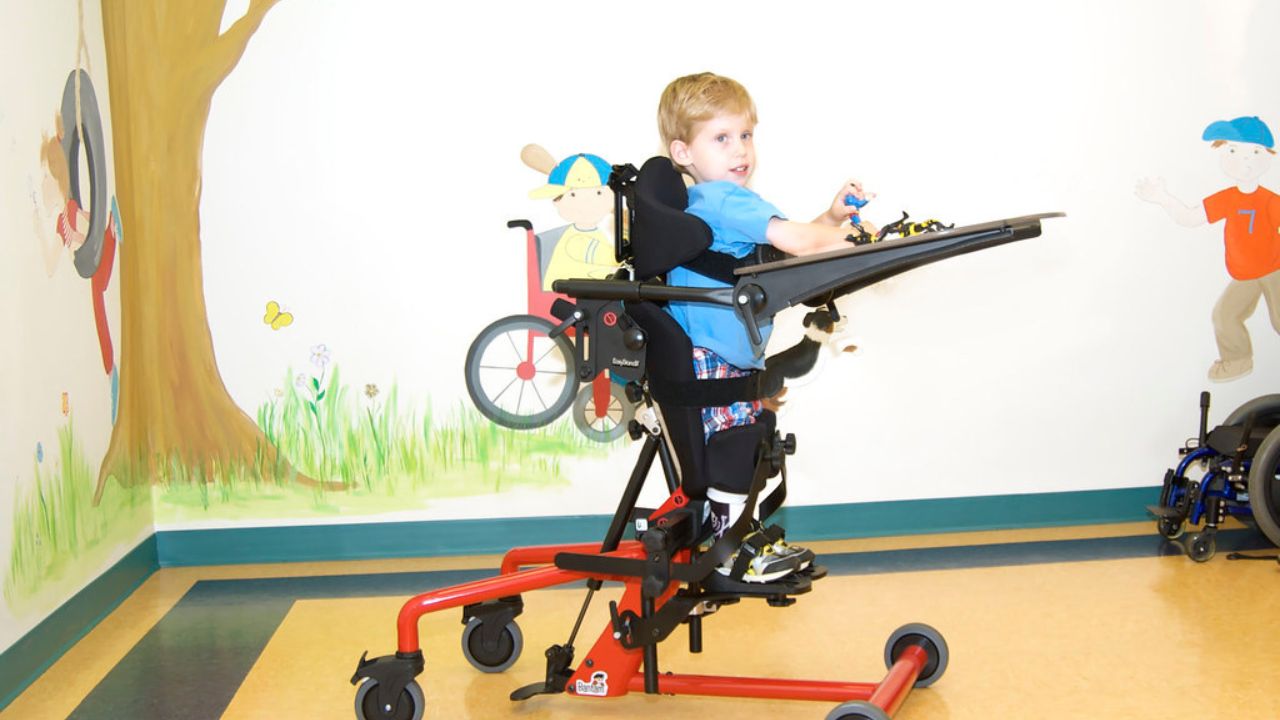
In today's article, we explore the twelve essential benefits of regular mobility for the aging population.
As we age, maintaining physical movement becomes increasingly crucial for our overall well-being. By engaging in regular mobility exercises, we not only improve cardiovascular health and reduce the risk of falls but also enhance cognitive function and digestion.
Furthermore, increased flexibility and energy levels contribute to an improved quality of life, fostering social interactions and promoting independence.
Join us as we delve into the practical and empowering benefits of regular mobility for seniors.
Improved Cardiovascular Health
By engaging in regular aerobic exercises, such as brisk walking or cycling, individuals can achieve improved cardiovascular health, leading to a reduced risk of heart disease and stroke.
Regular physical activity not only strengthens the heart and increases lung capacity but also improves endurance levels, allowing individuals to engage in daily activities with greater ease and stamina.
Aerobic exercises promote the circulation of oxygen-rich blood throughout the body, which helps to lower blood pressure and reduce the risk of developing heart disease.

Moreover, regular exercise stimulates the release of endorphins, which not only improves mood but also helps to manage stress and anxiety, further contributing to cardiovascular health.
Incorporating these simple yet effective exercises into a daily routine can significantly enhance overall well-being and reduce the risk of heart-related ailments.
Enhanced Balance and Coordination
Enhanced balance and coordination are crucial for maintaining independence and preventing falls in the aging population. As we age, our motor skills naturally decline, making it more challenging to perform everyday tasks.
Regular mobility exercises, such as balance training and coordination exercises, can help improve these skills, reducing the risk of falls and enhancing overall quality of life.
Reduced Fall Risk
Maintaining regular mobility exercises is crucial for the aging population as it significantly reduces fall risk by improving balance and coordination. Fall prevention is of utmost importance for individuals in their later years, as falls can lead to serious injuries and a loss of independence.
By engaging in regular mobility exercises, older adults can enhance their balance and coordination, which are key factors in preventing falls. These exercises help strengthen the muscles, improve flexibility, and increase overall stability. Incorporating exercises such as walking, tai chi, and yoga into a daily routine can greatly benefit older adults in maintaining their freedom and independence.
It is essential to prioritize regular mobility exercises as an integral part of fall prevention strategies, allowing the aging population to live fulfilling lives with reduced fall risk.
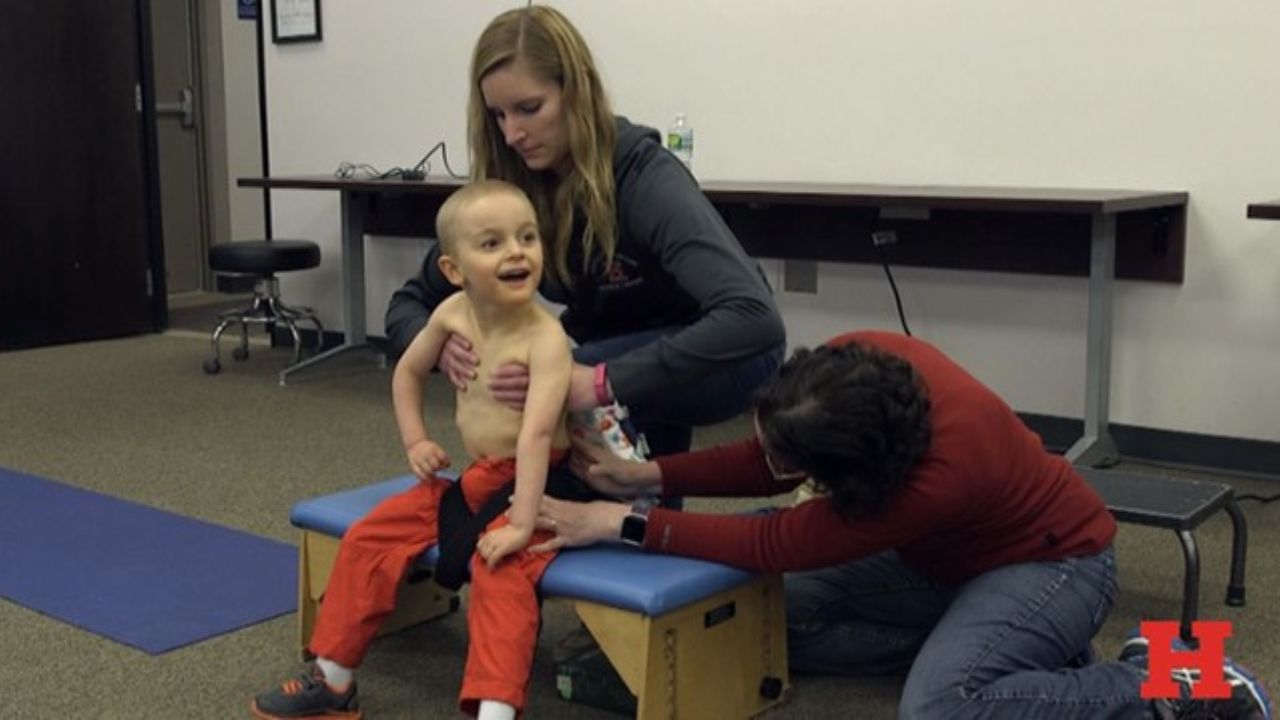
Improved Motor Skills
Regular mobility exercises can lead to noticeable improvements in motor skills, such as enhanced balance and coordination, ultimately benefiting the aging population's overall physical well-being. As individuals age, maintaining and improving motor skills becomes increasingly important for maintaining independence and quality of life.
Engaging in exercises that specifically target hand-eye coordination and agility can have profound effects on an individual's ability to perform everyday tasks with ease and confidence. Improved hand-eye coordination allows for better accuracy and control during activities that require fine motor skills, such as writing, cooking, or playing musical instruments. Increased agility, on the other hand, can help prevent falls and injuries by enabling quick and precise movements.
Reduced Risk of Falls
Among the numerous advantages of incorporating strength training exercises into the daily routine of older adults, a significant reduction in the likelihood of falls stands out as a key benefit. Falls can have severe consequences for older adults, often leading to injuries, loss of independence, and a decline in overall quality of life. By engaging in regular strength training exercises, older adults can strengthen their muscles, improve their balance, and enhance their overall mobility, thus reducing the risk of falls.
To prevent falls and promote safety among older adults, the following strategies and exercises can be implemented:
- Engage in balance exercises, such as standing on one leg, Tai Chi, or yoga, to improve stability and control.
- Install grab bars in bathrooms and stairways to provide support and stability.
- Remove hazards in the living environment, such as loose rugs or cluttered pathways, to minimize tripping risks.
- Ensure proper lighting throughout the home to enhance visibility and reduce the chance of missteps.
Increased Flexibility and Range of Motion
Maintaining increased flexibility and range of motion is crucial for the aging population to prevent joint stiffness and enhance functional independence.
As we age, our muscles and joints naturally become less flexible, making daily activities more challenging.
Prevents Joint Stiffness
Preventing joint stiffness is essential for the aging population to maintain their freedom and independence. Engaging in targeted exercises twice a week aids in preventing joint stiffness, allowing for improved flexibility and range of motion.

Regular mobility exercises promote joint health and prevent stiffness, enabling individuals to enjoy an active lifestyle. By incorporating these exercises into daily routines, individuals can prevent joint-related issues and maintain their mobility.
Maintaining joint flexibility is crucial for the aging population's overall well-being and quality of life. It is important to prioritize preventive measures to ensure improved cardiovascular health and overall physical well-being.
Enhances Functional Independence
How can regular mobility exercises significantly enhance functional independence for the aging population, particularly in terms of increased flexibility and range of motion?
Regular mobility exercises have numerous benefits for the aging population, and one of the most significant is improved mobility. Engaging in regular exercises that focus on flexibility and range of motion can help seniors maintain and even increase their ability to move freely and perform daily activities independently.
By incorporating exercises that target specific muscle groups, joints, and balance, seniors can enhance their functional independence and reduce the risk of falls and injuries. The increased flexibility and range of motion gained from these exercises can also lead to increased self-confidence and a greater sense of freedom, enabling seniors to engage in activities they enjoy and maintain an active lifestyle.
Regular mobility exercises are essential to promote a healthy and independent life for the aging population.
Enhanced Cognitive Function
The recent study highlights the significant role of exercise in improving cognitive function among older adults. Regular physical activity has been shown to have numerous benefits for the aging population, including improved memory and cognitive decline prevention. Here are four key reasons why exercise is essential for maintaining and enhancing cognitive function:

- Increased blood flow to the brain, providing essential nutrients and oxygen.
- Promotion of neurogenesis, the growth of new brain cells, which can help improve memory and cognitive function.
- Reduction of inflammation in the brain, which is associated with cognitive decline.
- Release of endorphins and other mood-enhancing chemicals, which can improve overall mental well-being.
By incorporating regular exercise into their routines, older adults can not only improve their physical health but also safeguard their cognitive function.
It's never too late to start reaping the benefits of exercise for the mind and body.
Boosted Mood
Regular mobility exercises not only have a positive impact on physical health but also play a crucial role in enhancing mental well-being and emotional stability for the aging population.
Engaging in regular physical activity stimulates the release of endorphins, also known as the 'feel-good' hormones, which can significantly boost mood and reduce symptoms of depression and anxiety.
Mental Well-Being Improved
By engaging in regular physical activity, individuals can experience improved mental well-being, as their mood is significantly boosted. Exercise has been shown to have a positive impact on mental health by increasing endorphins, reducing stress, and improving overall cognitive function. Here are four key benefits of regular physical activity for mental well-being:
Improved Mental Clarity: Exercise has been linked to enhanced cognitive function and improved memory. Regular physical activity can help individuals stay mentally sharp and focused, leading to increased productivity and a higher quality of life.
Reduced Anxiety: Exercise has been shown to reduce symptoms of anxiety and promote feelings of relaxation. Physical activity releases tension and stress, providing individuals with a natural and drug-free way to manage anxiety.

Enhanced Self-esteem: Regular exercise can lead to improved self-esteem and body image. Engaging in physical activity helps individuals feel more confident and positive about themselves, leading to a greater sense of overall well-being.
Better Sleep: Exercise has been found to improve sleep quality and help individuals fall asleep faster. Regular physical activity can reduce insomnia and promote restful sleep, leading to improved mental well-being and overall health.
Incorporating regular physical activity into daily routines can have a profound impact on mental well-being. Whether it's engaging in a favorite sport, taking a brisk walk, or practicing yoga, finding an activity that brings joy and fulfillment is essential for maintaining mental health and overall happiness.
Emotional Stability Increased
An individual's emotional stability can be significantly increased through engaging in regular physical activity, as it boosts mood and promotes overall well-being.
Physical activity has been shown to have a positive impact on emotional well-being and mental health. When we engage in exercise, our bodies release endorphins, which are known as 'feel-good' hormones. These endorphins help reduce stress, anxiety, and depression, leading to improved emotional stability.
Regular physical activity also provides an outlet for stress and negative emotions, allowing individuals to channel their energy in a positive and productive way. Moreover, exercise can improve self-confidence and body image, further enhancing emotional well-being.
Better Sleep Quality
One effective way to improve sleep quality is by incorporating various relaxation techniques into your nightly routine. In today's fast-paced world, many individuals struggle with getting a good night's sleep, which can have detrimental effects on their overall well-being. By implementing relaxation techniques, not only can you enhance the quality of your sleep, but you can also experience a range of other benefits.
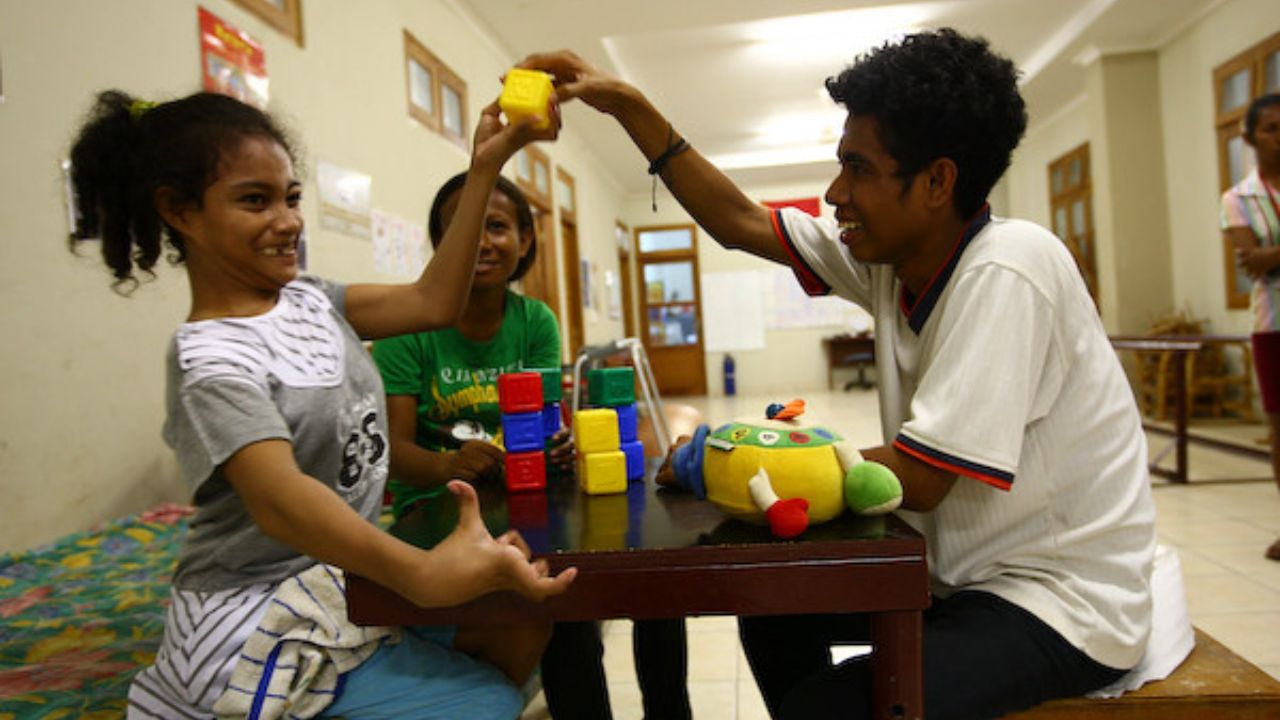
Consider the following:
Deep breathing exercises: Deep breathing helps calm the mind and relax the body, paving the way for a more restful sleep.
Progressive muscle relaxation: This technique involves tensing and then releasing each muscle group in your body, promoting relaxation and easing muscle tension.
Meditation: Practicing mindfulness meditation before bed can help quiet the mind and reduce stress, allowing for better sleep.
Aromatherapy: Using essential oils, such as lavender, can create a soothing environment and enhance relaxation for a more peaceful sleep.
By incorporating these relaxation techniques into your nightly routine, you can not only improve your sleep quality but also experience better concentration and improved immune function.
Strengthened Muscles and Bones
To achieve strengthened muscles and bones, it is essential for individuals to engage in regular resistance training exercises, such as weightlifting or resistance band workouts, in conjunction with a balanced diet rich in calcium and vitamin D.
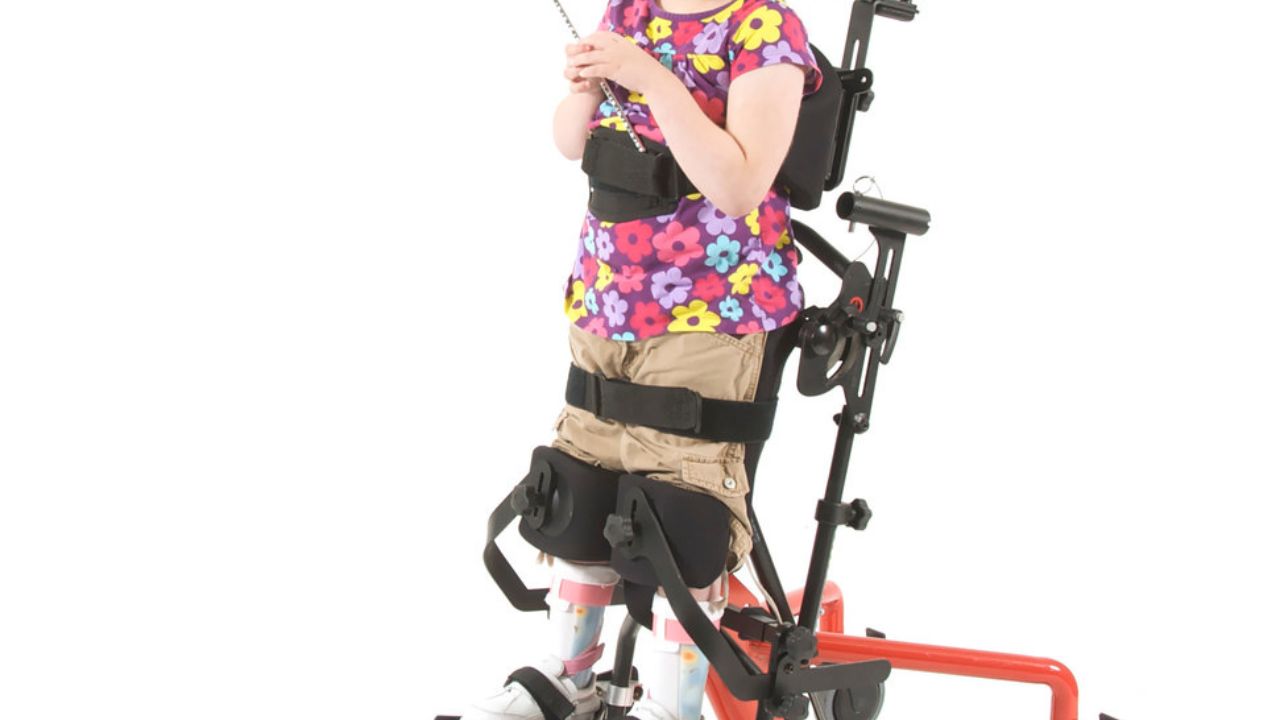
Strengthening your muscles and bones not only leads to improved mobility but also promotes a strengthened posture, which is crucial for overall health and well-being.
Regular resistance training helps increase muscle mass and bone density, reducing the risk of fractures and osteoporosis, especially in the aging population. It also improves balance and coordination, reducing the likelihood of falls and injuries.
Incorporating resistance training into your routine, along with a nutritious diet, is a practical and effective way to maintain strong muscles and bones, leading to increased mobility and overall physical freedom.
Improved Digestion
How can incorporating regular exercise and a balanced diet contribute to improved digestion?
Our gut health plays a vital role in our overall well-being, and maintaining a healthy digestive system is crucial for optimal health. Regular exercise and a balanced diet can have several positive effects on digestion, ensuring improved gut health and better nutrient absorption. Here are four key ways in which exercise and a balanced diet can benefit our digestion:
- Increased blood flow to the digestive system, promoting better digestion.
- Enhanced muscle tone in the digestive tract, aiding in more efficient movement of food.
- Reduction of stress, which can alleviate digestive issues like bloating and indigestion.
- Consumption of nutrient-rich foods, providing the essential vitamins, minerals, and fiber needed for a healthy digestive system.
Increased Energy Levels
Regular exercise and a balanced diet can lead to increased energy levels over time as they work together to enhance metabolic function and fuel the body with essential nutrients.
For individuals seeking increased stamina and improved vitality, incorporating exercise and a balanced diet into their daily routine is crucial. Exercise helps to strengthen the cardiovascular system, improve lung capacity, and increase muscle strength and endurance. This, in turn, leads to improved stamina and the ability to perform daily activities with ease.

A balanced diet provides the necessary nutrients and fuel to support physical activity and sustain energy levels throughout the day. By choosing nutrient-dense foods such as fruits, vegetables, lean proteins, and whole grains, individuals can optimize their energy levels and overall health.
It is important to remember that adopting a consistent exercise routine and maintaining a balanced diet is a long-term commitment that requires dedication and perseverance. However, the benefits, including increased energy levels, improved stamina, and enhanced vitality, make it well worth the effort.
Enhanced Social Interactions
The incorporation of technology into social platforms has revolutionized the way individuals communicate, fostering enhanced social interactions and deepening one's sense of belonging in their online communities. In today's digital age, social engagement has become more accessible and diverse, allowing individuals to connect with others from all walks of life. This increased connectivity has opened up a world of opportunities for building relationships, sharing ideas, and finding support.
Moreover, online platforms offer a wealth of mental stimulation through access to information, educational resources, and interactive discussions. The benefits of enhanced social interactions and mental stimulation are manifold:
- Expanded social networks
- Increased exposure to diverse perspectives
- Opportunities for collaboration and learning
- Improved mental well-being and cognitive abilities
Overall Improved Quality of Life
Numerous studies have shown that incorporating regular physical activity into one's routine significantly contributes to an overall improved quality of life, leading to enhanced physical and mental well-being. Engaging in regular exercise has been proven to have numerous benefits for individuals of all ages, including the aging population. From improved cardiovascular health to increased mobility and strength, staying physically active can greatly enhance one's overall well-being.
Moreover, regular physical activity has been linked to increased longevity, allowing individuals to live healthier and more fulfilling lives. It is important for individuals to find physical activities that they enjoy and can incorporate into their daily routines. Whether it's walking, swimming, or participating in group fitness classes, the key is to find activities that are enjoyable and sustainable.
Frequently Asked Questions
Can Regular Mobility Exercises Reverse the Aging Process?
Regular mobility exercises can have a positive impact on overall health and may slow down the aging process. By engaging in regular physical activity, individuals can maintain their independence and improve their quality of life as they age.
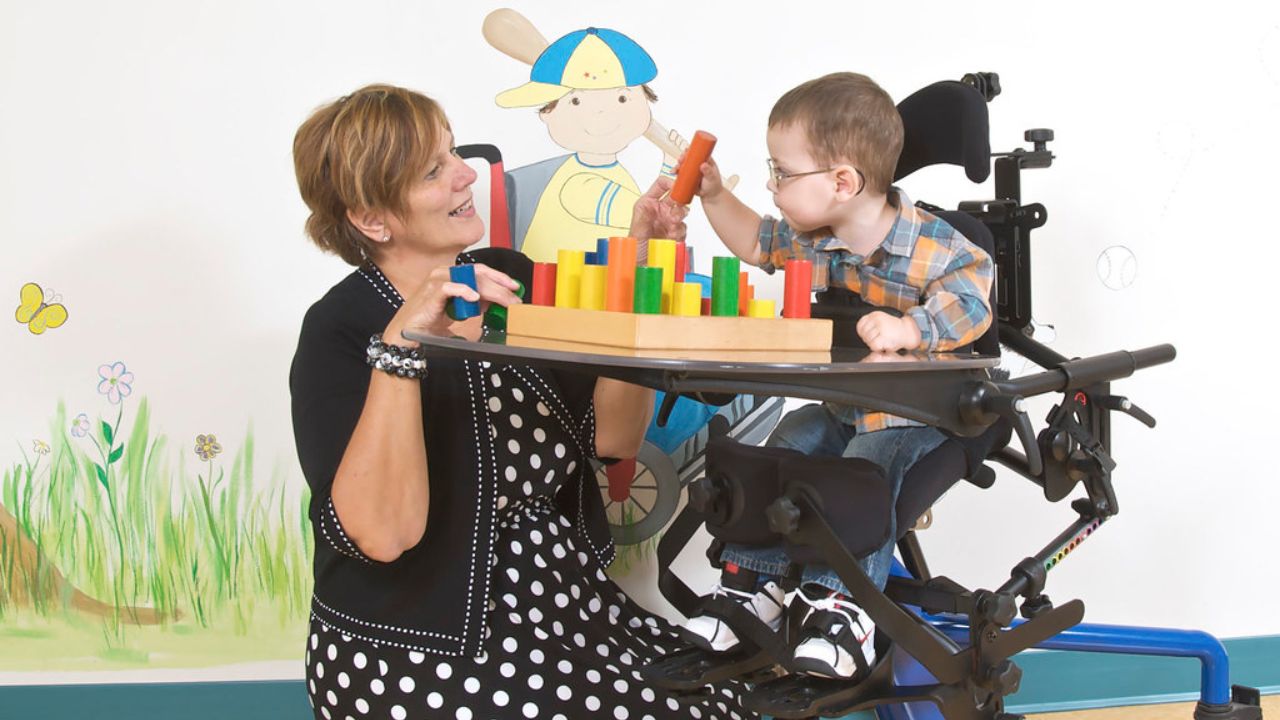
Are There Any Specific Mobility Exercises That Can Target Certain Health Conditions or Concerns?
Specific mobility exercises can be tailored to target certain health conditions or concerns in the aging population. These exercises can help improve balance, strength, flexibility, and overall mobility, leading to enhanced independence and quality of life.
How Often Should the Aging Population Engage in Regular Mobility Exercises?
The optimal frequency for the aging population to engage in regular mobility exercises depends on individual abilities and health conditions. Consistency is key to reaping the benefits of improved flexibility, strength, balance, and overall quality of life.
Can Regular Mobility Exercises Help With Chronic Pain Management?
Regular mobility exercises can provide significant benefits for chronic pain relief, improved mobility, and joint health. Incorporating regular exercise into a daily routine can help manage chronic pain and enhance overall quality of life for the aging population.
Are There Any Precautions or Safety Measures to Consider When Starting a Mobility Exercise Routine for the Aging Population?
When starting a mobility exercise routine for the aging population, it is essential to consider precautions and safety measures. This ensures that individuals can engage in physical activity safely and minimize the risk of injury or accidents.
Conclusion
In conclusion, regular mobility exercises offer numerous benefits for the aging population. These include:
- Improved cardiovascular health
- Enhanced balance and coordination
- Reduced risk of falls
- Increased flexibility and range of motion
- Enhanced cognitive function
- Improved digestion
- Increased energy levels
- Enhanced social interactions
Engaging in mobility activities can greatly contribute to the well-being and vitality of older individuals, allowing them to maintain their independence and enjoy a higher quality of life.
 Mobility trainingHome Fitness RecoverySports Injury PreventionPersonal Physical TherapyOrthopedic SolutionsPrivacy PolicyTerms And Conditions
Mobility trainingHome Fitness RecoverySports Injury PreventionPersonal Physical TherapyOrthopedic SolutionsPrivacy PolicyTerms And Conditions
